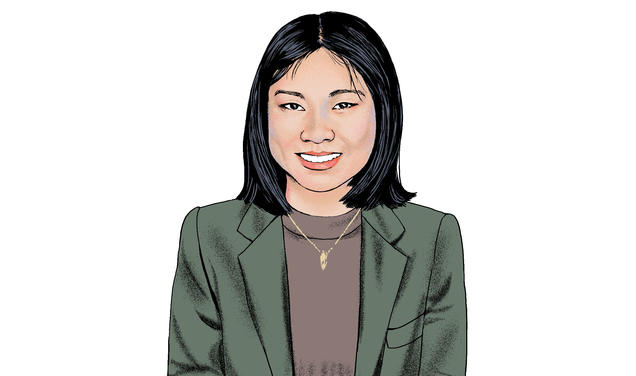Give and take Do alumni open their checkbooks in hopes of aiding their children’s chances at admission? Yes, at least at one anonymous university studied by Harvey Rosen, the John L. Weinberg Professor of Economics and Business Policy, and Jonathan Meer ’02, a graduate student at Stanford. In data from “Anon U.,” the authors found a clear “child-cycle pattern” in which alumni increase their giving as their children approach college age — particularly if their kids are applying to mom or dad’s alma mater. The donations decline after the child receives an envelope from the admissions office, and the drop is “far greater” for parents whose children are rejected. The research indicates that while many alumni do give for altruistic reasons, selfish motives also play a role.
Stormy cities Thunderstorms may grow stronger when they come into contact with cities, increasing the risk of flash flooding, according to recent research by graduate student Alexandros Ntelekos; Professor James Smith, the director of Princeton’s environmental engineering program; and a colleague from the University of Iowa. Several factors contribute to the problem, including heat in urban areas, higher concentrations of airborne particles, and friction caused by storms passing over buildings. In a study published in the Journal of Hydrometeorology, the authors examined a decade of storm data from the Baltimore area. Observations and models of one particularly intense 2004 storm suggested that the city received 30 percent more rain from the storm than it would have if there were no buildings in the region. Urbanization, they write, “has made warm-season thunderstorm systems the principal agent of flash flooding” in Baltimore and other areas of the eastern United States.










0 Responses